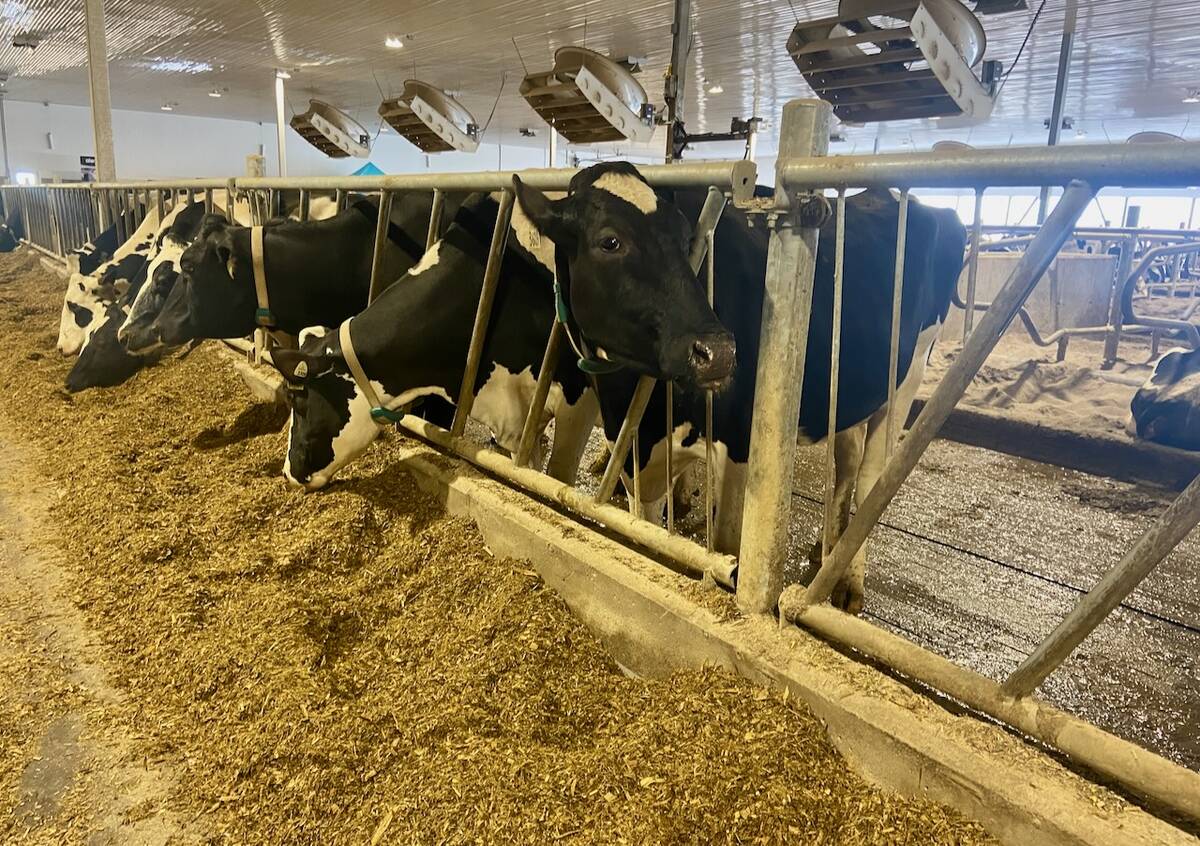MELBOURNE, Aus. — Australia’s rail network is showing its age and more and more, rail is moving a smaller proportion of the country’s wheat crop.
In some areas, grain shippers are unable to compete for limited rail space with Australia’s booming mining industry, said Wayne Newton, a farmer from Dalby, Queensland.
In other regions, rail infrastructure is badly outdated and the government has shown no inclination to upgrade lines or invest in aging infrastructure.
That means trucks are hauling more grain to domestic users and export terminals.
Read Also

U.S. farm group supports supply management
U.S. grassroots farm advocacy group pushing new agriculture legislation that would move towards supply management like Canada has for dairy industry
“When shippers have to get grain to port quickly, road is now the preferred method,” said Newton, who also serves as chair of AgForce, the state’s general farm organization.
“And certainly, if you’ve seen the condition of some of our state’s roads lately, you know what’s happening.”
John McNaught, managing director of the McNaughts Group and former vice-president of the Australian Road Train Association, said Australia’s trucking industry is benefitting from a significant increase in grain traffic.
However, the trucking industry is struggling to keep up with demand and drivers are feeling the pressure.
Traffic densities are increasing, co-ordination at delivery sites is a growing concern and turn-around times at port are often double what they were a few years ago.
McNaught said laws restricting the use of triple trailers in some parts of Australia need to be revisited.
Adding to Australia’s rail problems is the fact that many states have different rail widths, ranging from narrow gauge in some areas to standard gauge and broad gauge in others.
Some standardized lines cross state borders, but in many cases, trains that operate in one area cannot be used in another because of rail line inconsistencies.
Rob Noyes, commercial manager for Pacific National Railway, said rail is still the preferred method of moving grain in Australia.
But he acknowledged that many challenges exist.
Australia’s grain production can change significantly from year to year, meaning demand for rail service within the grain industry can be highly variable.
By comparison, demand from the mining industry is more predictable and is increasing each year.
In many areas, branch lines originally designed to service the grain industry are outdated and incapable of handling large loads, Noyes added.
Loading times at country receival sites, especially older facilities, are also problematic, and delays at export terminals are common.
That means more downtime for grain trains and lower profit margins.
Grain represents 15 percent of the Pacific National’s rail traffic.
“The partners in the grain supply chain really need to work together,” Noyes said.
“If we’re going to (move more grain by rail), there’s got to be more silos that can load quickly and there’s got to be work done at ports.”
State governments built and controlled Australia’s original rail system.
More recently, however, the country has been privatizing significant portions of its rail infrastructure.
Today, many railway companies that own lines do not operate trains. Instead, they sell running rights to other users.
In an effort to secure more reliable rail service, bulk grain handling companies are buying their own trains and competing with other companies for rail pathways.
In Western Australia, the state’s largest grain company, CBH, is spending $175 million Aus to buy 575 hopper cars and 22 locomotives.
Another grain company, the Emerald Group, is also operating its own trains in New South Wales and Victoria.
Andrew Hannon, Viterra’s manager of country operations in Australia, said the amount of grain delivered by road to export terminals in South Australia is now 50 percent.
Some export terminals do not have rail access, he added.
Last year, Viterra collected 6.7 million tonnes of grain at its bulk handling facilities in the Australian countryside.
Vicky Hudson, an official with the Victoria transport department, said steps are being taken to improve rail efficiency in the state.
The government has invested $1.2 billion in Victoria’s rail network over the past four years and set up a grain logistics task force in 2011 to identify transportation issues affecting the grain industry.
The task force recommended more government investment in rail, better maintenance, higher axle loads and various steps aimed at improving load and unload times at country elevators and export terminals.
It also suggested a co-ordinated approach to improving grain deliveries by both road and rail.
Increased road traffic is already having a significant impact on the condition of the state’s road network, Hudson said.














